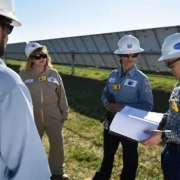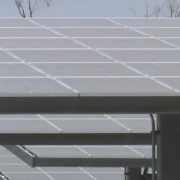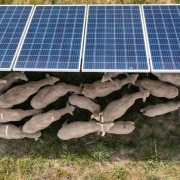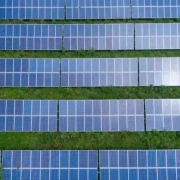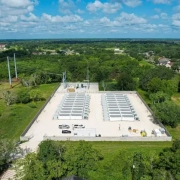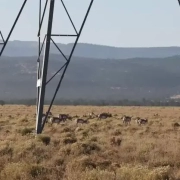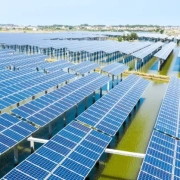Three elements prevalent at Kern County oil production sites — wastewater, photovoltaic solar arrays and available space — may come together before long to create renewable fuel for California’s nascent hydrogen fuel cell market.
A commercial project being proposed in Lost Hills by Chevron Corp.’s renewable energy division would create 2 tons of hydrogen per day by applying electrolysis to oil-field produced water hauled in from company operations elsewhere in the county. The electricity required would come from a solar farm already powering oil production at the site.
Click here to read the full article
Source: Bakersfield.com
—
If you have any questions or thoughts about the topic, feel free to contact us here or leave a comment below.

